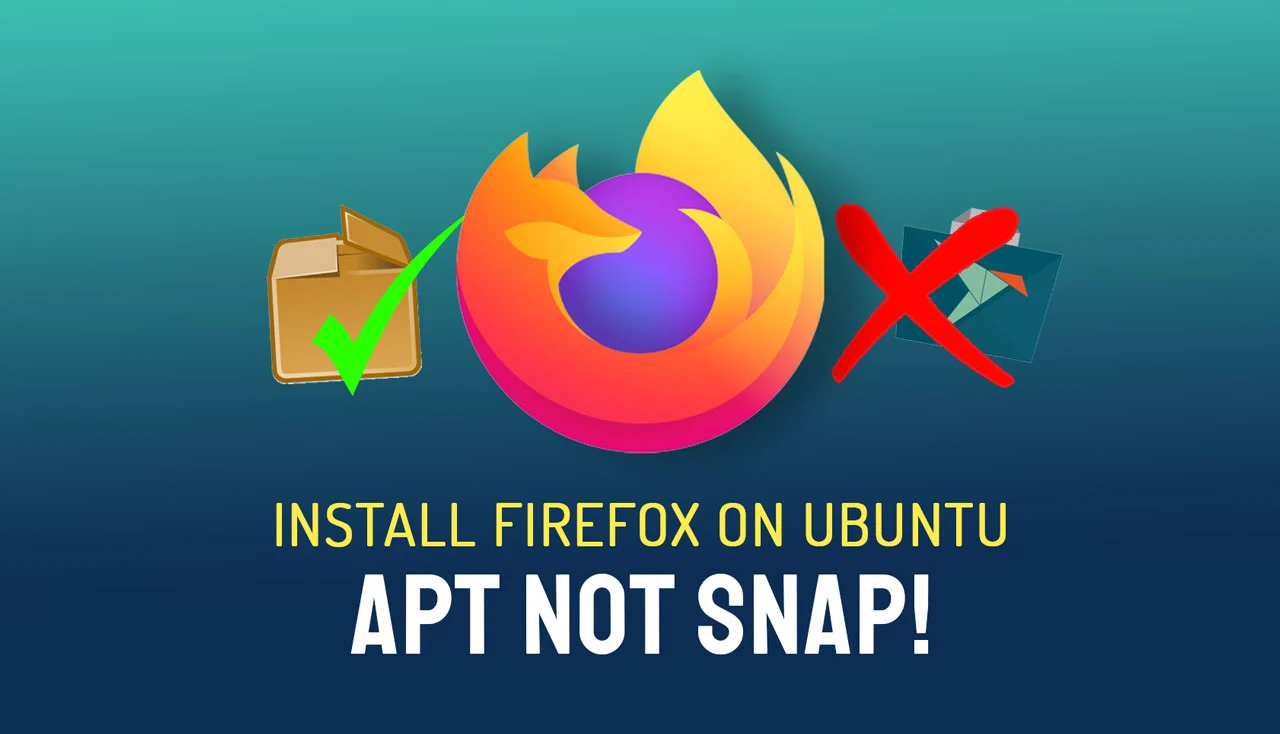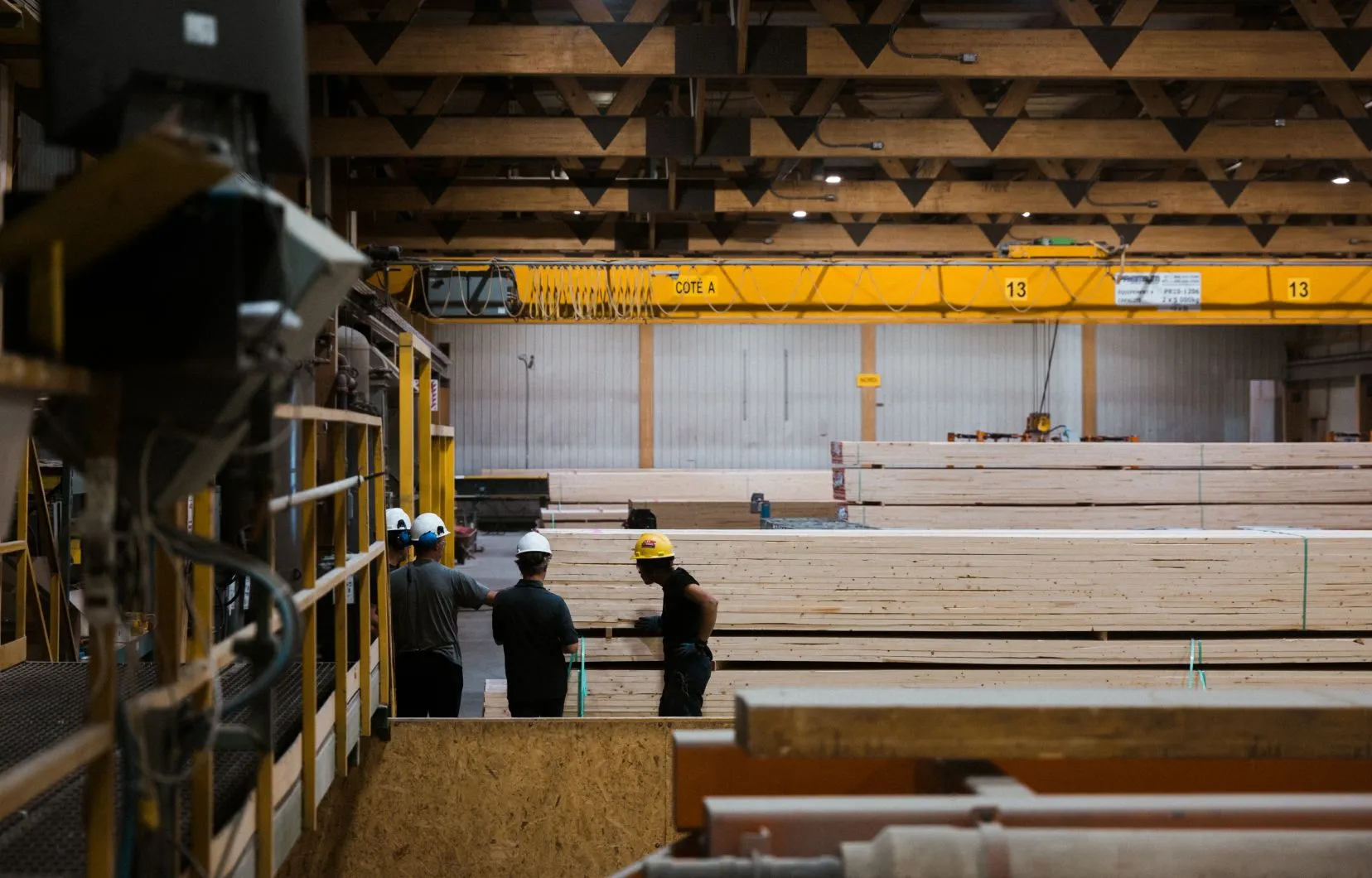I gave an original Surface Pro tablet and I use Ubuntu’s Gnome on it. It’s perfect for tablets I find. Not so great for desktop PCs.
Cyborganism
- 42 Posts
- 86 Comments
Budgie has great potential. I really love the look and feel. And I especially love the side bar. I feel that’s a feature that’s missing in KDE.
Budgie however isn’t “there” yet. I’ve experienced quite a few bugs using it and it’s still missing a few features. But it’s getting there. It might become my go to one day.
I have mine look and work almost as exactly as Windows 10, which I really love in terms of UI/UX. It’s the most easiest and fastest desktop interface I’ve ever used so far.
I have a tiled app menu and I even changed the window decorations to look like Windows 10. I hate rounded corners. It’s such a waste of screen space.
That’s what I’d be using too. But it felt too incomplete and buggy. It’s not there yet, but it’s very promising.

 1·1 day ago
1·1 day agoIs anyone using BSD as a desktop by the way? Ive only been focusing on Linux.

 1·1 day ago
1·1 day agoI wonder what they’ll call it. Will they keep the “Linux” name?
Linux is the kernel, the core of the system.
A distribution is a collection of software that is provided with the kernel, usually with it’s own software package management system. Distributions are also supported and maintained by organizations which create their own tools for that distribution and also make decisions on what to distribute it with.
For example, Fedora is maintained and supported by the company RedHat which implemented their own tools and packaging system to use Linux. Debian is the same but with a community.
Desktop environments are that it says. You have several available in Linux. The two major ones being KDE and GNOME. They provide a desktop experience with their own paradigms. Just like the MacOS and Windows have their own desktop environments. They’re basically graphical shells to allow users to use the system.
The sandboxing isn’t as much as, say, Docker containers. So I think access to memory and devices is still possible and can eventually get you access to the whole system. I would think.
And this isn’t limited to flatpaks but I would assume Snaps as well, which some software is now delivered in that format by Canonical, even for server software.
That’s interesting. I’ll have to look deeper into that
Yeah but OP has a point regarding the libraries with known vulnerabilities. What if one of them gets exploited that allows remote malicious code execution and gives root access? I dunno how far the sandboxing goes in that regard.
What year model was it?

 3·13 days ago
3·13 days agoJust ask the guy who made Axiom Berge, Thomas Happy. Or Stardew Valley creator, Eric Barone.

 1341·16 days ago
1341·16 days agoMaybe don’t do a fucking Holocaust if you don’t want to be criticized for doing a Holocaust.

 4·16 days ago
4·16 days agoWhat’s a good alternative though? Tech giants have taken over Internet search and are pretty much all striving to be alike in generating the most revenue possible through ads and incorporating AI.

 19·17 days ago
19·17 days agoAs in, this provides Israel even greater latitude on their quest to start a hot war with Iran, without dramatically increasing any threat to their military bases and government buildings. Well, at least not from ballistic missiles.
That’s also a very good point. It’s like shielding a bully while they continue to bully other people. While I wouldn’t mind seeing that bully getting smacked by the other people they oppress, I also don’t want to see more people dying either. However, I know Iran has been targeting military targets and not civilian ones. So…
Anyway, this is all just fucked up and I want to see an end to this senseless violence and death, and I want to see Israel getting what they fucking deserve. That is the whole country should cease to exist in terms of land and borders and the land be returned to Palestinians after what they fucking did.

 3·17 days ago
3·17 days agoAh ok. That makes sense then. I wasn’t informed about that system. Thank you for telling me.

 1133·17 days ago
1133·17 days agoYuck… That’s fucking disgusting. I feel physically sick reading this.
They’re telling Israel to slow down with the attacks and sending weapons and soldiers at the same time.
Internet access was more complicated back then. If you didn’t have a second computer or couldn’t dual boot into a working OS it was a big problem. And there wasn’t a lot of Linux users back then either.
Oh yeah. Ubuntu really simplified everything.
My first distro on my own PC was Mandrake. I don’t know how many times I had to reinstall it because of my fuckups.
Two years later I was compiling my own kernel with the source code of special modules that I had downloaded for my NVidia card that had composite video input.
I’ve never had to compile a kernel since Ubuntu. I completely forgot to be honest.

















It’s got a touch interface more than anything else. I think this change came around the same time as Windows 8 when they went for a more touch screen-y experience.